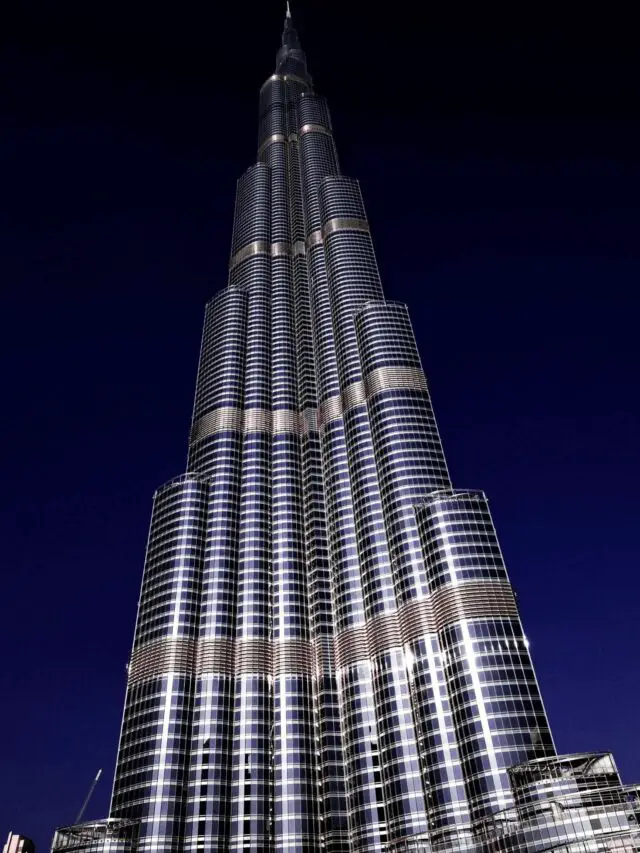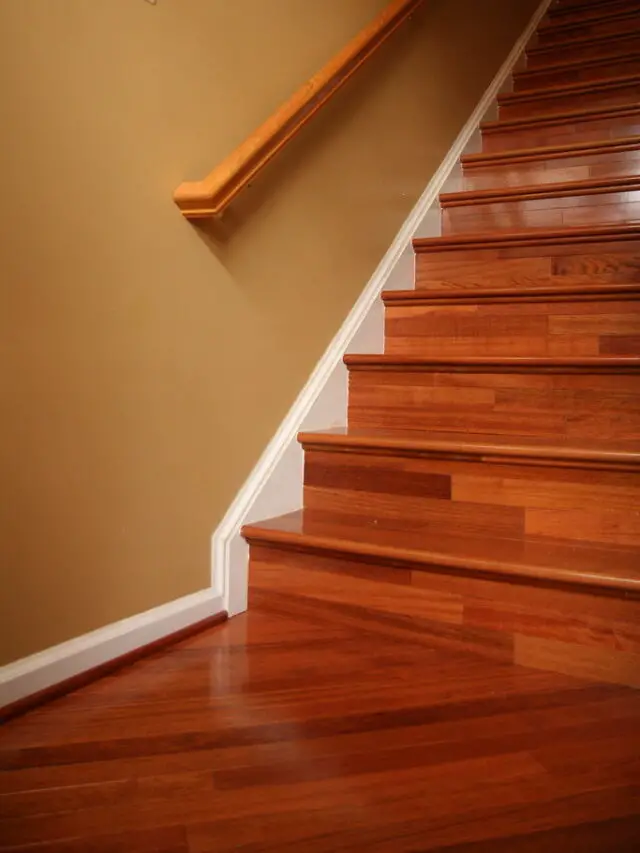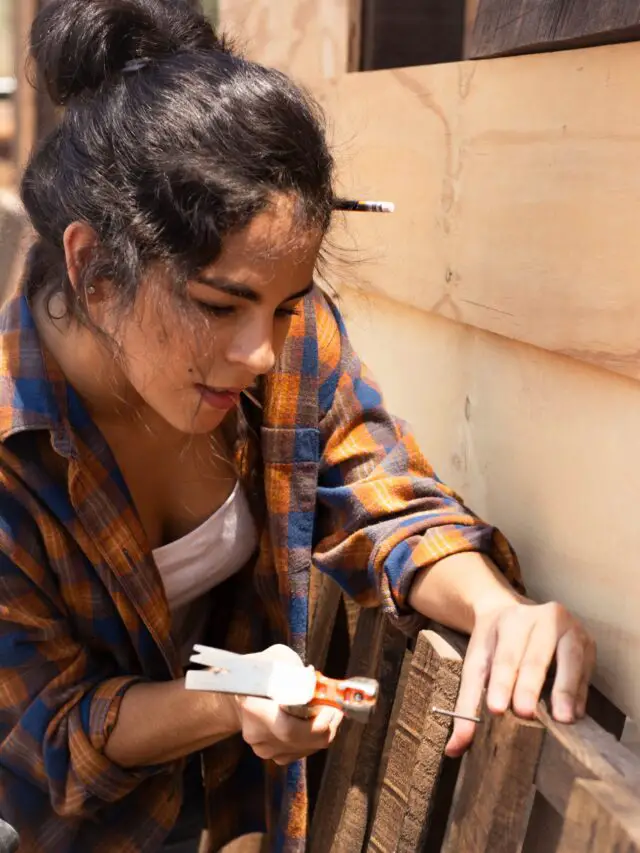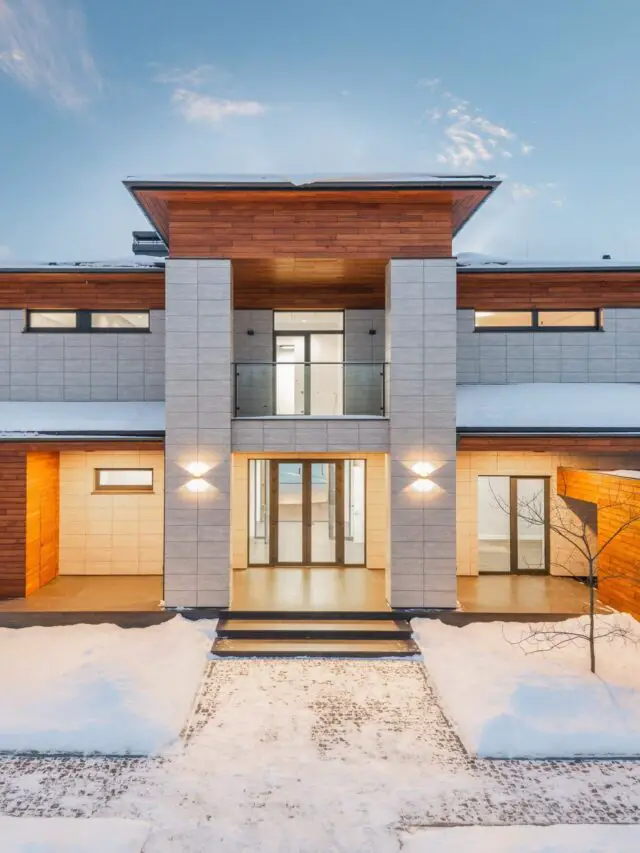Advantages & Disadvantages of WPC Panels
WPC – Wood-Plastic Composite panels are a trending building and interior design material that is produced by combining wood particles or wood powder with plastic materials, like polyethene, polypropylene, or polyvinyl chloride. WPC panels have become a very popular option for wall and ceiling interior design.
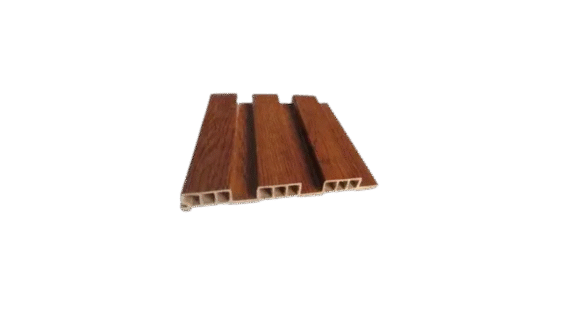
In this article, we will explore the advantages and disadvantages of WPC wall panels in detail, covering various aspects such as aesthetics, durability, sustainability, and cost-effectiveness.
Advantages of WPC Panels
|
S.No. |
Description |
Advantages of WPC Panels |
|
1. |
Aesthetics & Visual Appeal |
A variety of colours, textures, and finishes are available & Customization possible. |
|
2. |
Durability & Long Lasting |
Highly durable and long-lasting. Highly resistant to moisture, insects, and decay. Can withstand extreme weather conditions, such as heavy rainfall, high temperatures, and strong winds. |
|
3. |
Eco-Friendliness |
WPC panels are made from recycled materials, such as wood waste and plastic, making them an environmentally friendly option. |
|
4. |
Low Maintenance |
Require very little maintenance, are Easy to clean and maintain, and need only periodic washing with soap and water to maintain. |
|
5. |
Resistance To Insects |
Highly resistant to termites and other wood-destroying insects |
|
6. |
Installation |
WPC panels are lightweight and easy to handle, making installation faster and more cost-effective than traditional wood panels. |
Disdvantages of WPC Panels
|
S.No. |
Description |
Disadvantages of WPC Panels |
|
1. |
Thermal Expansion And Contraction |
Due to temperature changes, WPC panels can expand and contract. If installation is not done properly, it may result in gaps or buckling. |
|
2. |
Less Aesthetically Pleasing |
While WPC wall panels come in a range of colours and textures, some people may find them less aesthetically pleasing than traditional wood panels. |
|
3. |
Limited Structural Applications |
Low structural strength, hence not suitable for load-bearing applications. Suitable for non-structural uses, such as exterior cladding, decking, and fencing. |
|
4. |
Scratches and Stains |
Do not scratch and stain-resistant. |
|
5. |
Additional Support |
Require additional support during installation, especially if they are being installed on a curved or uneven surface. |
|
6. |
Availability |
Not available everywhere, which can make them a less convenient option for some homeowners. |
|
7. |
Fading |
Prone to fading over time, especially when exposed to direct sunlight. |
|
8. |
Temperature Range |
Limited temperature range, and they may not be suitable for use in extremely cold or hot climates. |
|
9. |
Durability |
Not as strong as traditional wood panels. Cracking or breaking under heavy loads or impact. Less suitable for high-traffic areas. |
|
10. |
Cost |
Higher initial cost compared to traditional wood panels. |
Conclusion
WPC panels offer several advantages over traditional wood panels, such as durability, long-lasting,high resistance to UV radiation, low maintenance, and eco-friendliness. However, they also come with some disadvantages, including higher initial cost, thermal expansion and contraction, and limited structural applications. When considering WPC panels for your home, consider their pros and cons and make informed decision before use.
Thanks For the Great Attention!
Pvc Panels and Wpc Panels at best price on Indiamart ➡
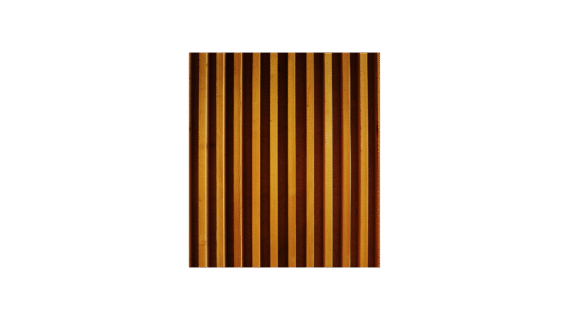


Also, Read,
12′ x 15′ Room PVC Wall Panelling Cost
Related Video,


